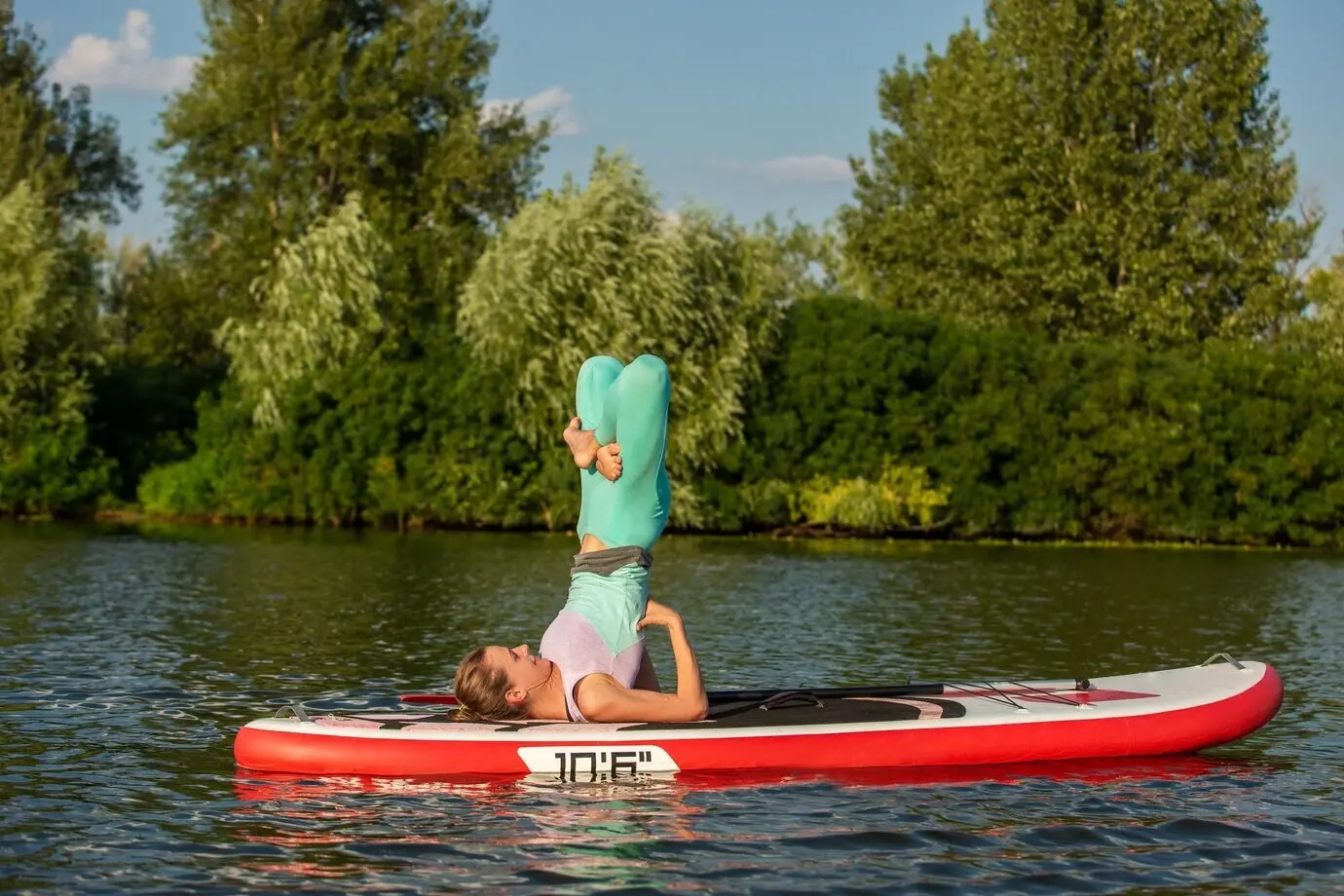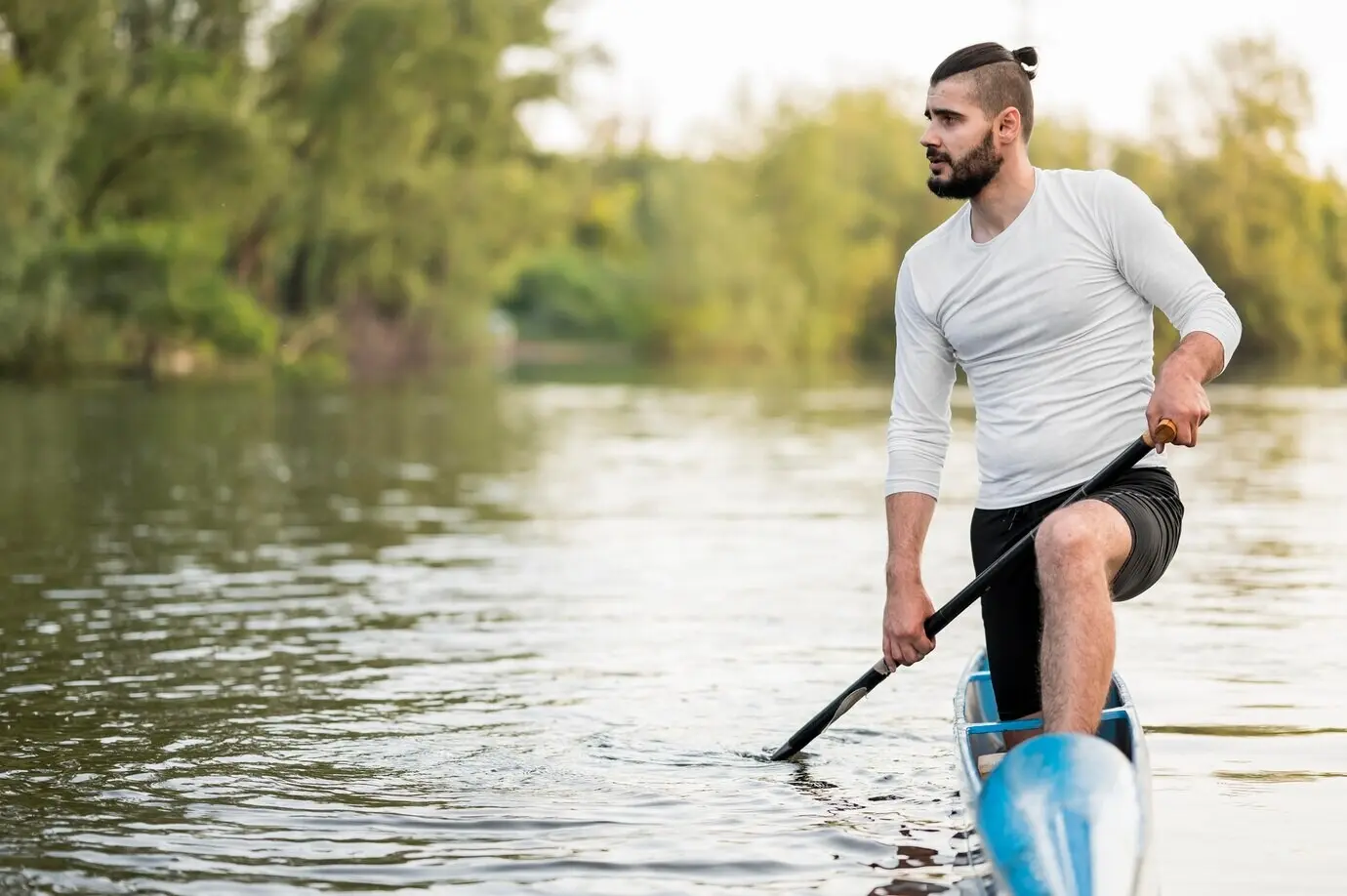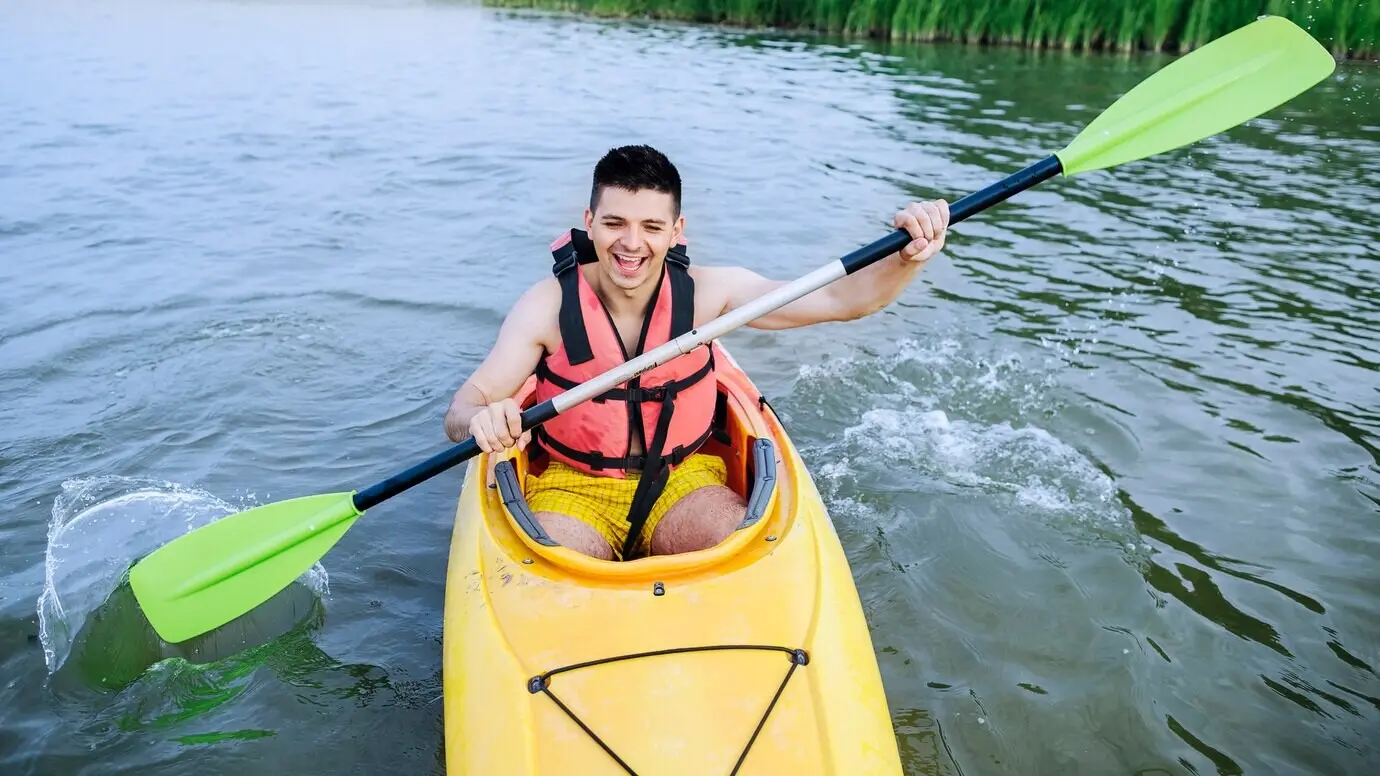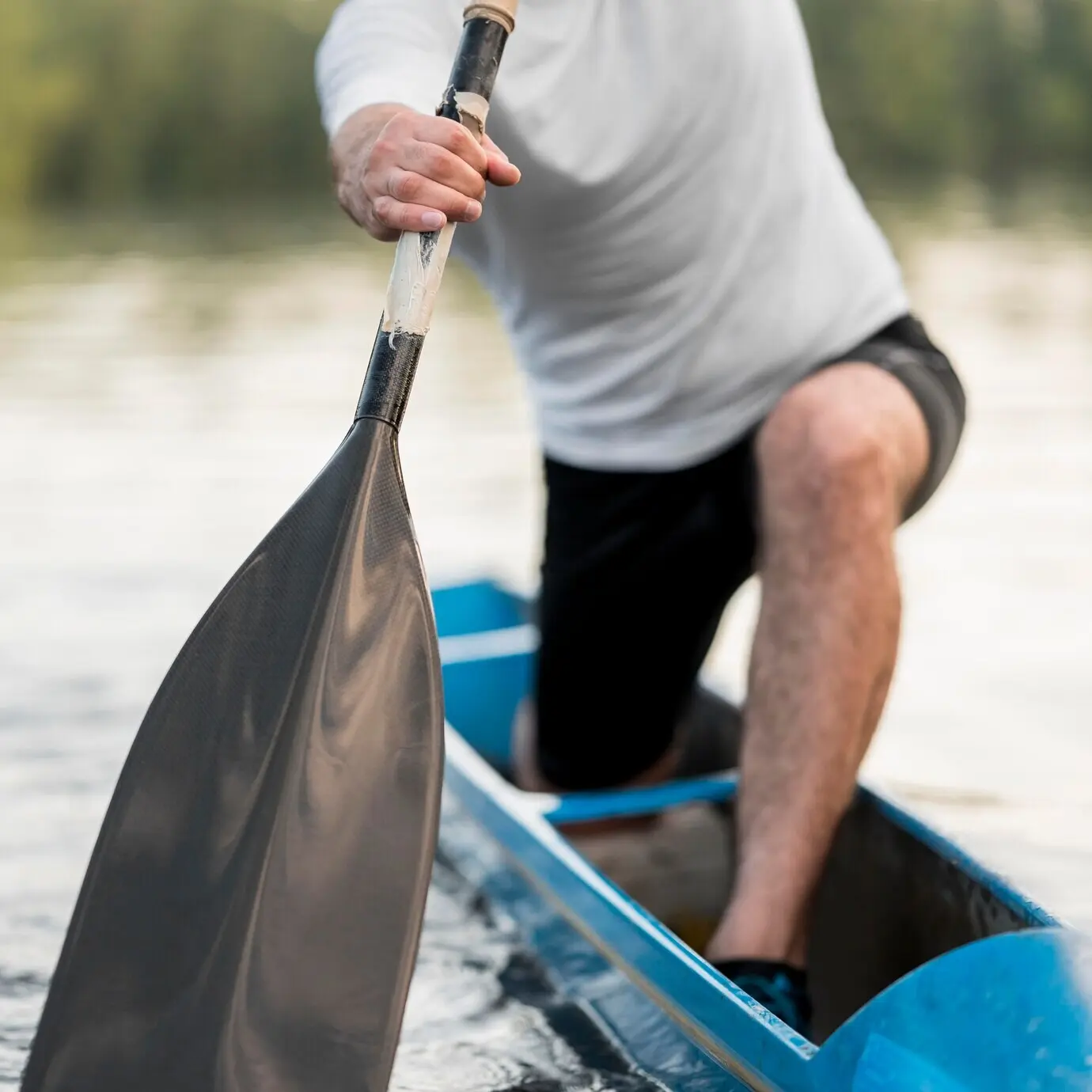Launch Into Water Adventures Today


Start Strong on Calm or Choppy Days
Fast Booking Flow That Respects Your Time
Fitting Boats and Boards to Bodies and Goals
Lessons That Build Skill and Joy
What Your First Session Feels Like
A Clear Path from Newbie to Confident Explorer
Who Teaches You Matters
Sunrise Estuary Wildlife Paddle
Urban Waterway Heritage Journey
Bioluminescence Night SUP Adventure
PFDs, Signals, and Simple Rescues
Leave No Trace on Water and Shore
Community, Challenges, and Shared Momentum
Gear Spotlight and Care That Extends Adventure

Paddle Length, Blade Shapes, and Materials
The right paddle feels invisible, translating intention into glide. Taller paddlers or higher seats need longer shafts; faster cadences often prefer smaller blades. Fiberglass balances cost and comfort, while carbon trims weight for marathon mornings. Try a few on shore, then on water, noticing shoulder comfort and catch clarity. Small refinements reduce fatigue, free attention for scenery, and help you maintain a smooth cadence when wind begins whispering mischief.

Hull and Board Designs That Change the Ride
Kayak rocker, chine shape, and waterline length influence speed and maneuverability. Canoe beam and profile shift stability and tracking. SUP volume and outline determine glide and responsiveness. There’s no best design, only fits for your body, goals, and local waters. A quick harbor demo can reveal more than specs. Choose forgiving designs early, then refine as skill grows, letting your equipment evolve alongside your expanding confidence and curiosity.

Cleaning, Storage, and Transport Without Drama
Rinse salt, loosen straps before drying, and store out of sun to protect hulls and inflatables. Check fin screws, hatch seals, and PFD zippers monthly. For transport, use bow and stern lines as friendly insurance, not tight ropes that stress plastic. Keep a small kit—freshwater jug, sponge, microfiber towel—in your trunk. These five-minute rituals prevent brittle fittings, sticky valves, and trip-day surprises that steal time from the water you came to meet.